Perseus and Benvenuto Cellini.
Perseus and the hidden self-portrait of Benvenuto Cellini.
Cellini cast the Perseus from 1545 to 1554. It was the symbol of the new government Cosimo I imposed on the city of Florence. Perseus is holding the head of the famous monster he had just killed: Medusa. It refers to all the enemies the duke destroyed to govern the duchy of Tuscany; in fact he defeated the Republic.
The statue under the Loggia dei Lanzi is original except the base: Danae and Zeus are represented in the niches, they were Perseus' parents; Mercury and Minerva instead helped him to kill Medusa. Cellini needed a lot of time to cast the bronze statue because he wanted to create a hollow sculpture like the ancient Greeks used to make. The duke Cosimo said Cellini ha was crazy to try it but the artist was very determined.
At a certain point of the casting even the roof of his shop in Via della Pergola caught fire. He didn't know what to do and he was forced to leave the job at the most critical moment during the pouring of the bronze. He had the fever and he had nightmares. He sent people up on the roof to extinguish the fire and metal regained a liquid consistency only when the artist threw his dishes made out of pewter in the furnace!!
Cellini signed his masterpiece on the belt of the hero but, if you turn around the statue and look at this nape you will notice his self-portrait!!
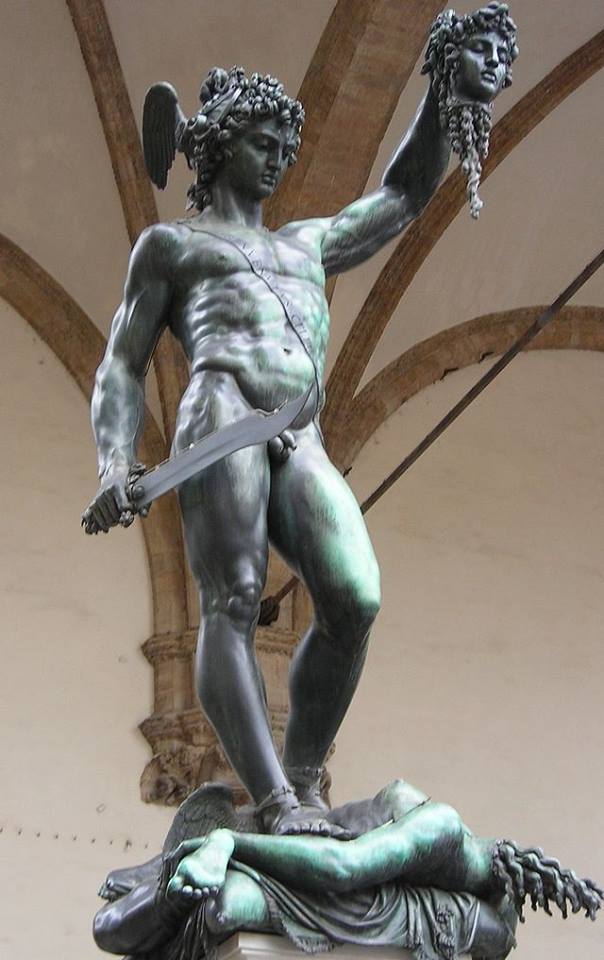
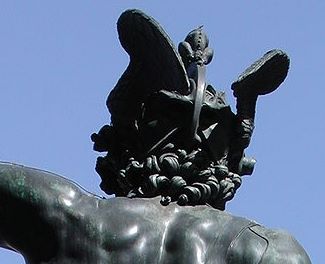
Altri articoli
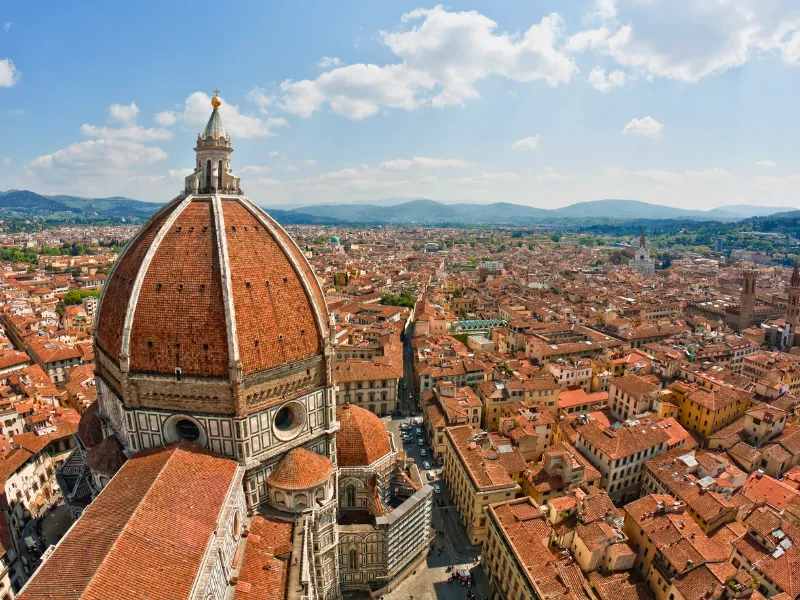
Florence Cathedral
With its majestic Renaissance architecture, proudly stands at the heart of the city.
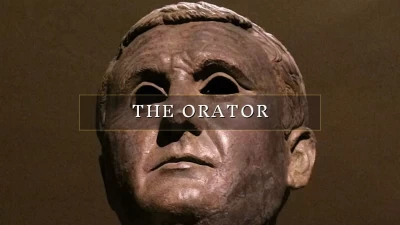
The Orator. A journey into history
The Orator, a bronze statue from Perugia, embodies power and history. A Roman figure with an Etruscan inscription, bridging two cultures.
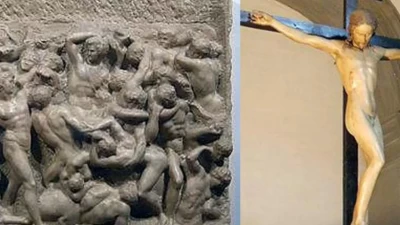
Michelangelo and his friend Lorenzo il Magnifico
Christ is represented here as a young man!
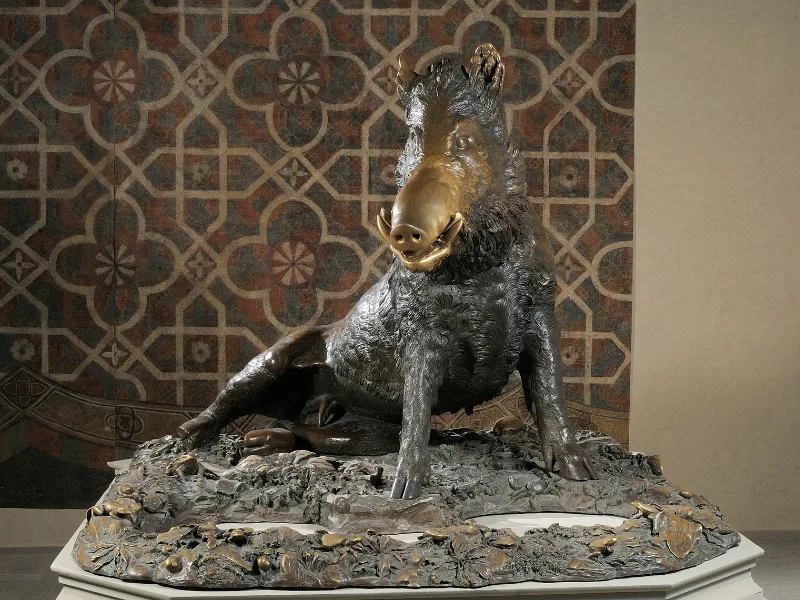
Stefano Bardini
Bardini was a promoter of the Renaissance myth in fact he contributed to the re-discovery of Florentine art.

